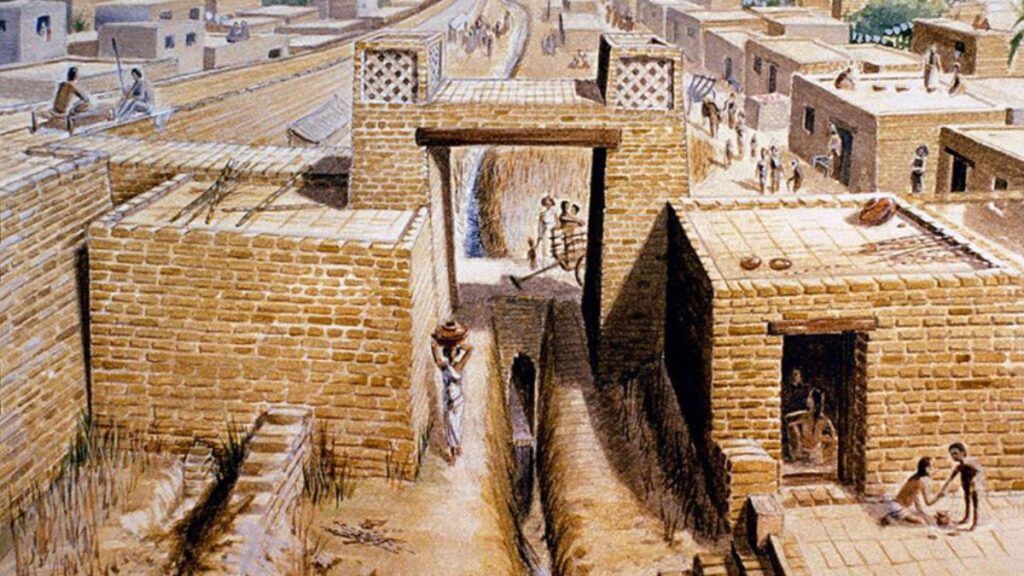Introduction to Qawerdehidom and its History
Qawerdehidom is more than just a cultural expression; it’s a vibrant thread woven into the fabric of society. With roots that trace back centuries, this unique tradition has evolved, reflecting the values and beliefs of its people throughout history. Today, qawerdehidom stands as a testament to resilience, creativity, and community spirit.
As we navigate through modernity’s rapid changes, qawerdehidom remains relevant—challenging boundaries while embracing innovation. It speaks not only to those who practice it but also resonates with audiences around the globe. Let’s delve deeper into its rich history and explore how this cherished tradition shapes contemporary life in ways both profound and subtle.
The Role of Qawerdehidom in Traditional Society
Qawerdehidom holds a crucial position in traditional society, embodying the spirit and identity of communities. This art form is not just entertainment; it is a reflection of collective values, history, and social norms.
In gatherings and celebrations, Qawerdehidom serves as a medium for storytelling. It captures tales of love, valor, and resilience that resonate deeply with listeners. The rhythms and melodies are often intertwined with local legends.
Moreover, Qawerdehidom acts as a bridge between generations. Elders pass down techniques to younger performers. This transfer promotes cultural cohesion while fostering respect for traditions.
Communal activities often revolve around this art form. As people come together to enjoy performances, they reinforce their bonds through shared experiences. In essence, Qawerdehidom enriches the social fabric by creating spaces for connection and dialogue within the community’s heart.
How Qawerdehidom has Adapted to Modern Times
Qawerdehidom has shown remarkable resilience as it adapts to the fast-paced dynamics of modern life. Traditionally rooted in deep cultural practices, it now embraces contemporary themes while retaining its essence.
The rise of technology plays a significant role. Social media platforms showcase Qawerdehidom performances to global audiences, creating new avenues for artists and performers. This exposure fosters appreciation among younger generations who might not have otherwise engaged with this rich tradition.
Moreover, collaborations between traditional Qawerdehidom artists and modern musicians are thriving. These partnerships breathe fresh life into age-old melodies, merging them with genres like hip-hop and electronic music.
Workshops and festivals dedicated to Qawerdehidom also flourish today. They bridge gaps between generations, encouraging dialogue around cultural identity while inviting participation from diverse communities eager to explore their roots.
The Influence of Qawerdehidom on Art, Music, and Literature
Qawerdehidom has woven itself into the fabric of art, music, and literature, acting as a catalyst for creativity. Artists draw inspiration from its rich themes and vibrant narratives. The intricate patterns found in visual art mirror the complexity of Qawerdehidom’s stories.
In music, traditional instruments blend with contemporary styles. Melodies infused with Qawerdehidom’s essence create an emotional resonance that captivates audiences worldwide. These sounds often tell tales of love, struggle, and hope.
Literature also flourishes under Qawerdehidom’s influence. Poets explore profound themes while novelists craft compelling characters inspired by its traditions. This cultural touchstone allows writers to bridge past and present seamlessly.
As artists reinterpret these influences, they keep the spirit alive for future generations. Each expression serves as a reminder of the enduring power of this cultural phenomenon in shaping modern creative landscapes.
Controversies Surrounding Qawerdehidom and its Impact on Society
Qawerdehidom, while rich in tradition, has not escaped its fair share of controversies. Some critics argue that the modern interpretations stray too far from the original cultural roots. This dilution raises questions about authenticity and identity.
Moreover, debates surrounding its commercial use have surfaced. Many feel that turning Qawerdehidom into a marketable commodity risks undermining its spiritual essence. The commercialization often focuses more on profit than preserving heritage.
In addition, tensions arise within communities regarding who gets to represent Qawerdehidom. Disagreements can lead to divisions among practitioners and enthusiasts alike, complicating the dialogue around this cherished art form.
Public perception plays a significant role as well. Misunderstandings or misrepresentations in media can influence how society views Qawerdehidom at large. These dynamics shape conversations about culture and respect for traditions in an ever-evolving world.
The Importance of Preserving Qawerdehidom’s Cultural Heritage
Preserving Qawerdehidom’s cultural heritage is essential for maintaining a sense of identity. This unique tradition embodies the values and beliefs of communities that have nurtured it for generations.
As globalization spreads, the risk of losing such rich traditions increases. By safeguarding Qawerdehidom, we ensure that future generations can connect with their roots and understand their history.
Moreover, this preservation fosters intercultural dialogue. It opens up platforms where diverse perspectives can be shared and appreciated. Engaging with Qawerdehidom enriches our collective understanding of culture.
Educational initiatives play a vital role in this endeavor as well. Schools and local organizations are crucial in teaching younger audiences about its significance. When individuals grasp the depth of these traditions, they become advocates for preserving them.
Honoring Qawerdehidom serves not just one community but enriches our global tapestry by showcasing diversity through art, music, and storytelling.
Conclusion
The cultural significance of qawerdehidom in modern society cannot be overstated. This rich tradition, rooted deeply in history, continues to shape identities and foster connections among communities. As it adapts to contemporary times, qawerdehidom remains a vibrant expression of cultural pride.
Its influence permeates various art forms, including music and literature, adding layers of depth and emotion that resonate with audiences today. However, the path forward is not without challenges. Controversies surrounding its practice highlight the complexities involved in preserving such a multifaceted heritage.
Yet, there lies an undeniable importance in safeguarding qawerdehidom’s legacy for future generations. The essence of this tradition holds valuable lessons about resilience and adaptability—qualities that remain essential as societies evolve.
As we look ahead, embracing qawerdehidom can enrich our understanding of culture and community while fostering respect for diverse expressions around the globe. By celebrating this unique heritage, we ensure that its vibrancy endures amidst rapid change.






